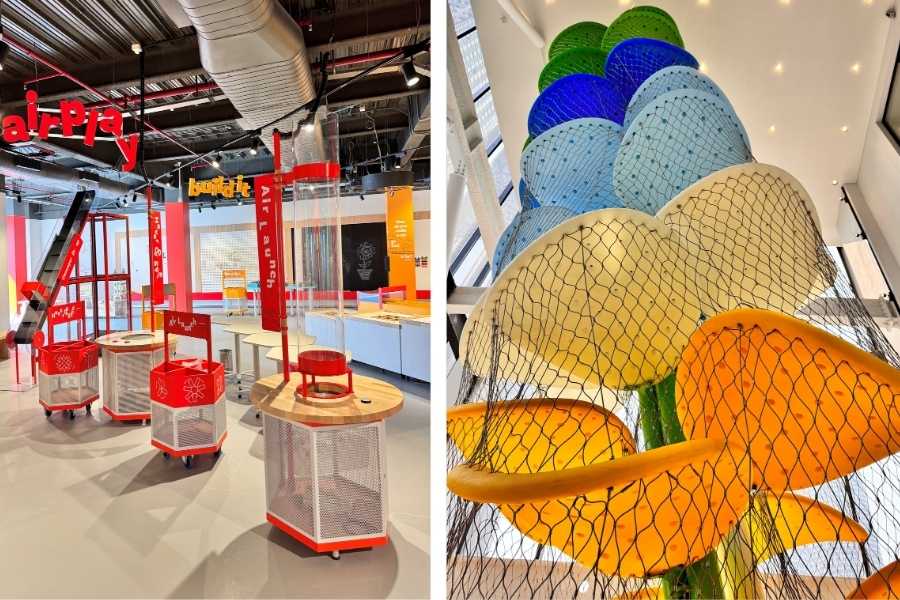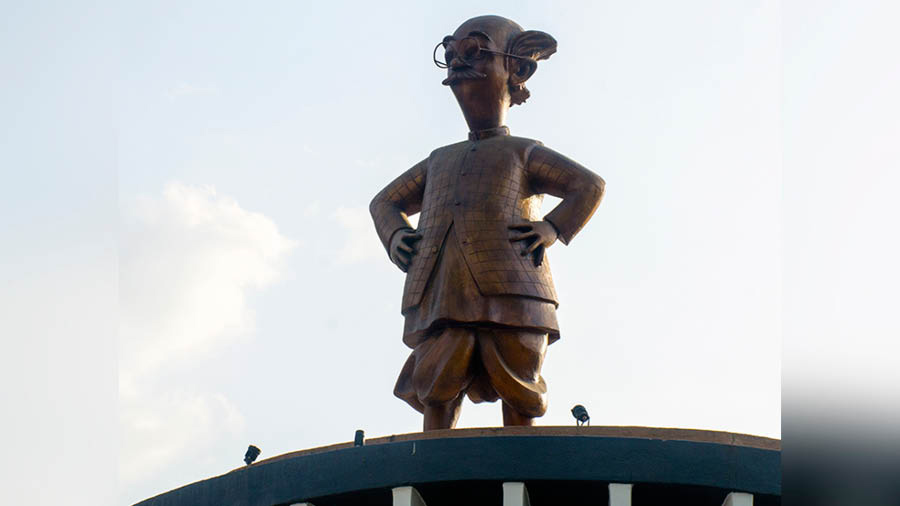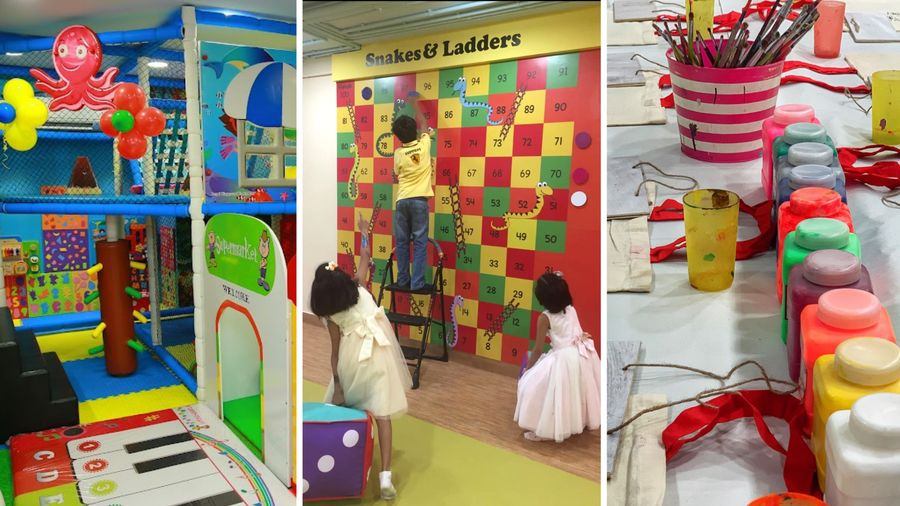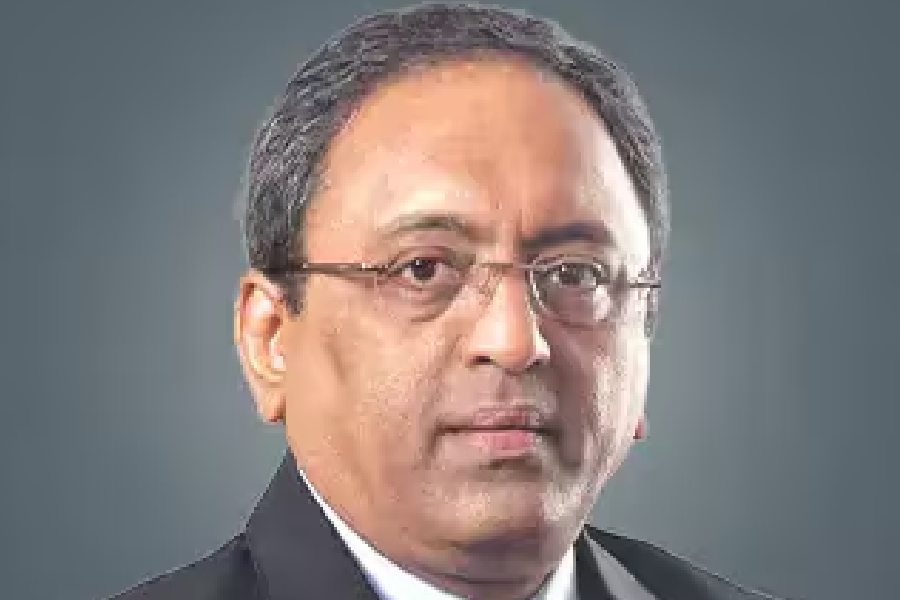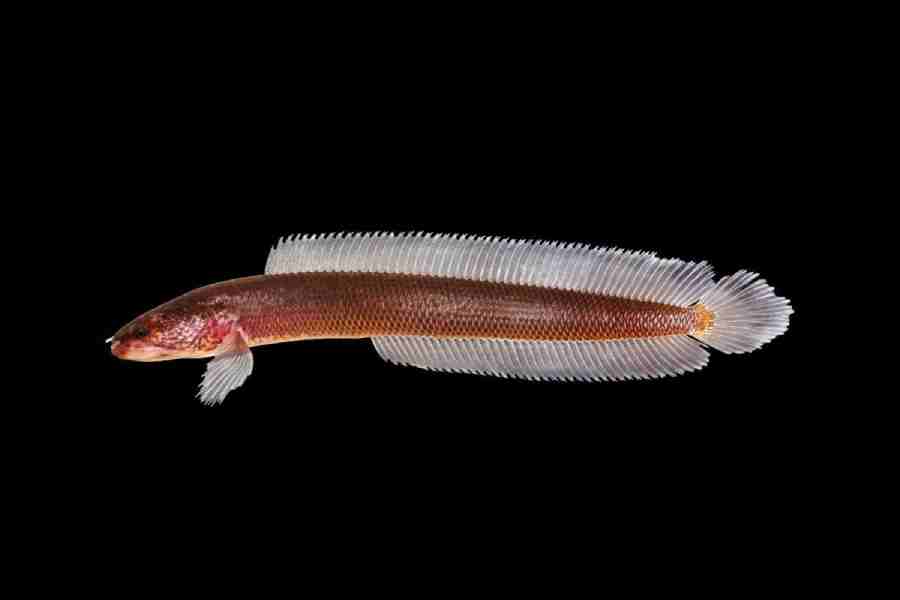Dwarfed by Lower Parel’s towering skyscrapers, the Museum of Solutions, or MuSo, more than makes up for its limited size with its relevance to young minds. Opened in Mumbai in late 2023, it gained global recognition by ranking on the ‘World's Greatest Places’ list for 2024. It’s also the first Indian museum to win the prestigious Hands On! Children in Museums Award for excellence in this field.
In a city known for cramped living spaces, limited recreational areas, traffic snarls and pollution, entering MuSo feels like escaping into a world of endless possibilities, where unbridled creativity is encouraged and valued. Spread across themed floors, each packed with interactive and immersive exhibits, children can explore school concepts, tackle everyday challenges and think creatively to find solutions — all while having fun, playing games and working in teams.
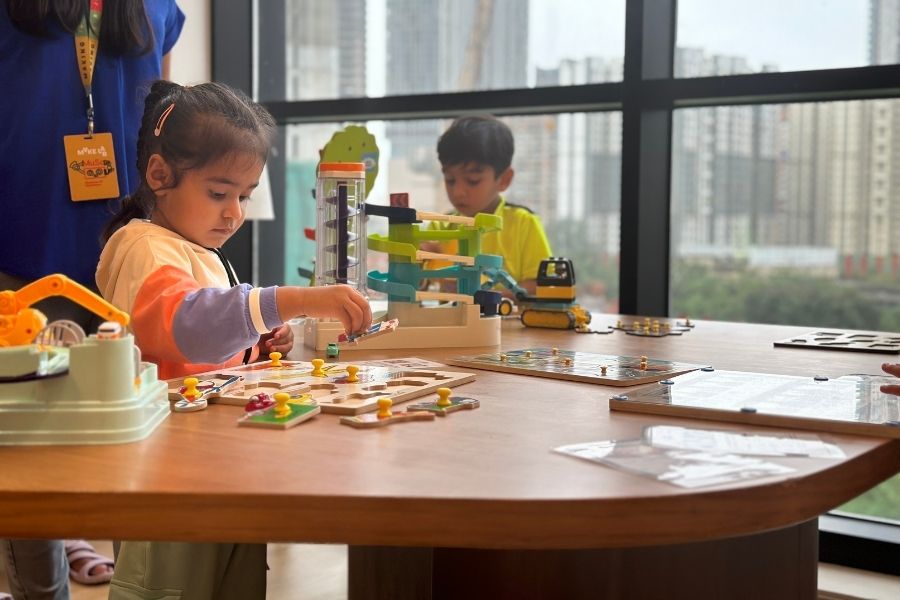
Children playing at the museum
Spread over 100,000 square feet, with three labs already open and two more on the way, this carefully designed space — with curated learning activities and hands-on exhibits — relied on educators, parents and children aged 10-14 as key partners in shaping its offerings. The entire curriculum is based on the 12 United Nations Sustainable Development Goals and aims to inspire, enable and empower children to take charge of their future.
An initiative of the JSW Foundation, founder Tanvi Jindal Shete brings extensive experience of working with educators and children over the years. She’s a firm believer that children might be better at solving problems that adults struggle with. Alongside chief museum officer Michael Peter Edson, she hopes MuSo fills in the gaps that traditional schools in India fail to address.
A bright, colourful three-storey climber grabs attention on Floor Seven — the Play Lab. This part of the museum focuses on STEAM (Science, Technology, Engineering, Arts, and Mathematics) concepts through play. Children can send scarves flying through pneumatic tubes to explore Bernoulli's principle, build and race their own vehicles, or learn about water pressure and flow through fun experiments. It’s an expertly designed space where learning meets play in the most engaging way.
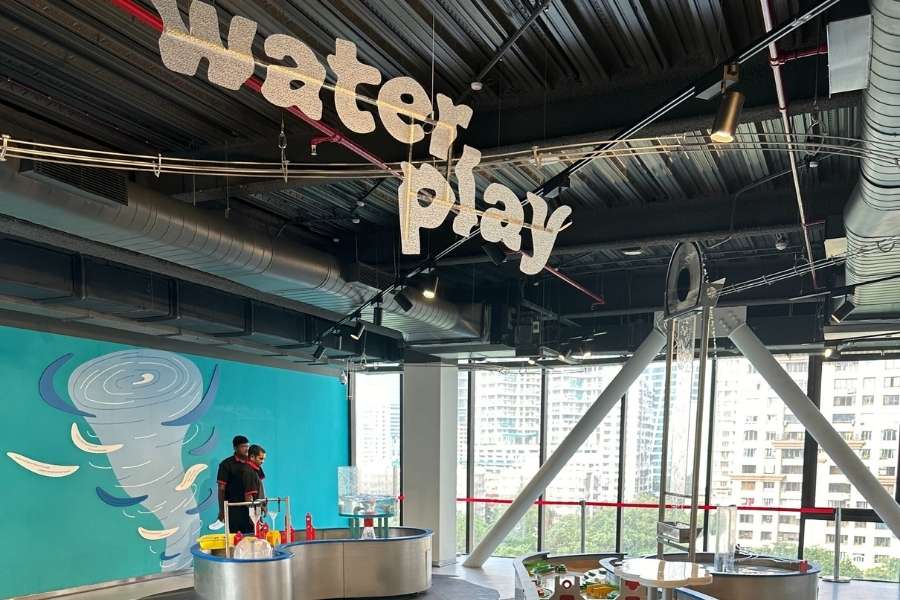
The Discover Lab focuses on water as its central theme
One floor up, the Discover Lab focuses on water as its central theme. This floor is best explored with adults, as it tackles complex issues like water scarcity, flooding and rising sea levels — not with the idea of spreading doom but to inspire empathy in young minds. A walk-through audiovisual exhibit highlights the wonders of the fragile mangrove ecosystem and their vital role in protecting coastlines. Models of a hand pump and a unique matka headset shed light on the water shortages experienced across India and their impact on daily life. These sections cleverly segue to a wall of solutions, where smart innovations addressing water woes, repurposing and recycling are highlighted.
For children inspired by these solutions and eager to create, the Make Lab on Floor Nine is the ideal next stop. Here, young minds are free to experiment, build and create whatever they wish. From robotics, ceramics, music to 3D-printers, children are encouraged to work on their own, or in teams and find solutions or simply indulge in the joy of creation.
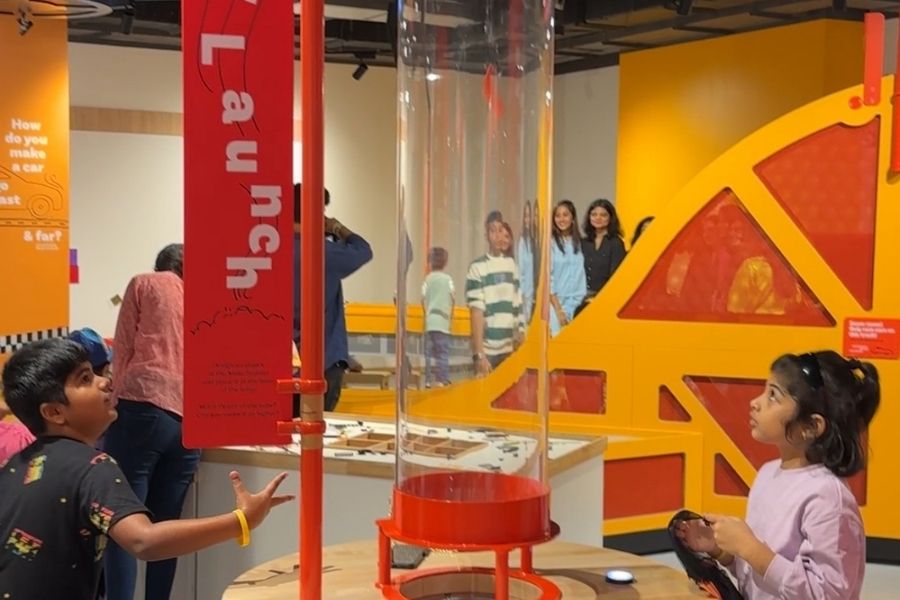
Air play zone for kids at the museum
There’s more to look forward to with a recycling centre, which will focus on the ever-growing problem of waste and how to tackle it in innovative ways; as well as a Grow Lab on the building's roof, where children can grow vegetables, learn about the magic of bees and the science of composting.
Putting what it teaches into practice, the museum building is designed to be sustainable. From a recycling centre, low water consumption fittings and rainwater harvesting, a lot is going on behind the scenes.
What’s next at MuSo?
There’s much excitement as MuSo has geared up to host a first-of-its-kind exhibition in India, titled Dinosaurs Among Us, from January 31 January. Through a collaboration with the American Museum of Natural History, New York, the exhibition will highlight the evolutionary link between dinosaurs and modern birds.
Beyond its carefully thought-out design, sections, exhibits and roster of events, what truly sets the museum apart are its staff and inclusive approach. A motley group of designers, artists, archaeologists, science students, and more are always on hand to answer questions or engage with children. These interactions, though fleeting, elevate the overall experience. Every Monday, the museum is free for all, making its wonderful exhibits accessible to children of all backgrounds. To enhance inclusivity, all exhibits are bilingual in English and Hindi.
In a country that produces some of the brightest minds, a museum for children on par with the best in the world has been long overdue — and MuSo delivers spot on.

